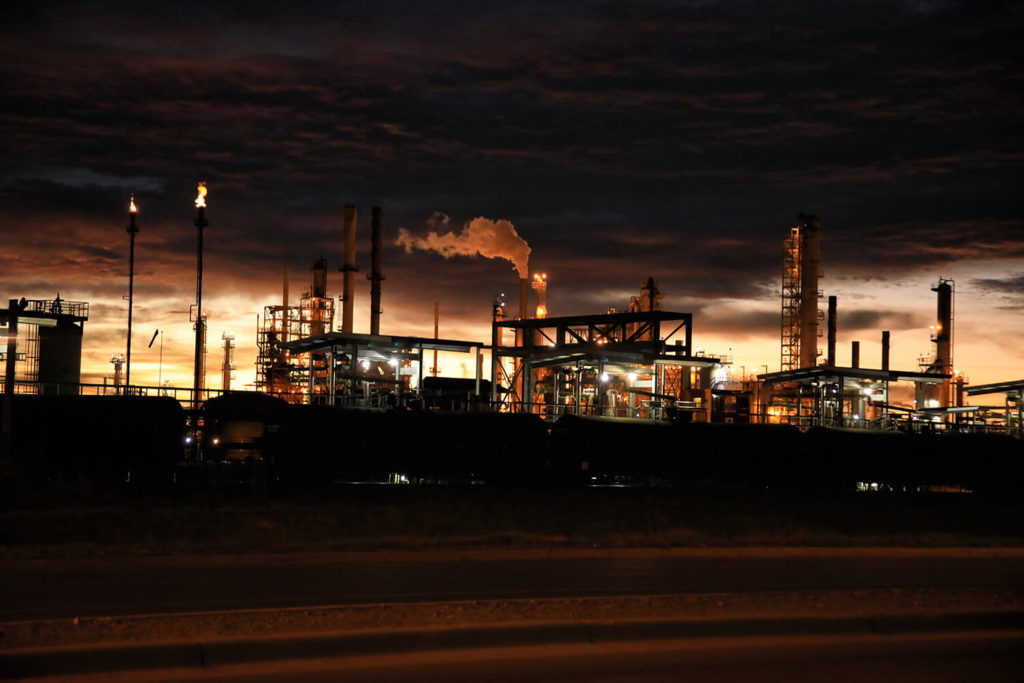A 2003 European directive introduced the ATEX concept with the aim of standardizing all explosion protection elements, equipment and systems. This standard 94/9/CE has meant a before and after in safety matters for all those workers who operate in explosion risk conditions, with materials and systems suitable for these situations. We are experts in design and installation of ATEX equipment and, below, but what is atex ? we will talk about how risk areas are classified and secured, and the importance of having a good risk prevention management.
What is ATEX and what does it mean?
ATEX is a term that comes from the expression “explosive atmosphere”, and refers to the need to protect workers and operators from the risks they encounter in their daily work related to explosions.
An ATEX zone is a specific area where there is a large accumulation of gases or dust that can generate a high risk of exothermic combustion or explosion (flammable elements).
As it is a European directive, the mandatory compliance in the member countries must be carried out with development regulations, being in the Spanish case the Royal Decree 681/2003.
Classification of ATEX zones
The way to measure the degree of danger of ATEX zones is by means of a classification system, since it is easier to know which measures, equipment and systems are necessary in each case.
The classification is usually numbered depending on whether combustible gases or dust are present:
1. Hazardous areas due to flammable gases or vapors
We can differentiate three different levels of risk:
Zone 0
Where the presence in the air of flammable substances in a gaseous state is prolonged for long periods of time, or even permanent.
Zone 1
When the risk of explosion from these flammable gases in air can occur in normal work situations.
Zone 2
When the presence of these flammable gases in the air does not pose a high risk of an explosion occurring, or if it does occur, for a short period of time.
2. Hazardous areas due to combustible dust in the environment
It is also divided into three different levels of risk:
Zone 20
Where the presence of combustible dust in the air is prolonged or permanent.
Zone 21
In cases where dust in the environment can cause explosions to occur in normal day-to-day tasks.
Zone 22
Dust accumulates for short periods of time so the risk of explosion is low or minimal.

How to secure ATEX zones?
Securing ATEX zones must be a priority for companies operating in such explosion-risk areas. In order to achieve this, it is very important to have advanced and updated knowledge in prevention and protection, as well as to prepare an adequate ATEX document.
To secure these areas it is important to take into account a series of important aspects, among which we can highlight:
Hazardous area identification
The first step is to identify areas that are classified as ATEX zones (through a risk assessment that considers the presence of flammable substances or combustible dusts and the frequency with which they are present).
Selection of appropriate equipment and devices
Good pre-classification allows the use of equipment and devices that comply with the applicable ATEX regulations and standards (they must be specifically designed and certified for use in hazardous areas, i.e. they must be marked with the “ATEX” label).
Access control
It is very important to control access to ATEX zones to prevent unauthorized persons from entering (avoiding exposure to unnecessary risks).
Only personnel with the appropriate authorization, training and protective equipment may operate in ATEX zones.
Implement ventilation systems
Such systems are of great interest to control the accumulation of combustible dusts and flammable gases to minimise the risk of an explosion.
Other protection and control measures
In addition to the above, it is also important to secure an ATEX zone:
- Comply with current ATEX regulations, also taking into account the type of industry or local regulations.
- Conduct regular risk assessments to keep the situation under control at all times.
- Have an emergency and evacuation plan in place in the event of an explosion.
- Control static electricity with earthing systems and anti-static devices (to minimise explosion risks).

Risk prevention in ATEX zones
Risk prevention in ATEX areas is a priority, as explosions due to flammable gases or combustible dust are very dangerous for the integrity and health of workers..
Specific training in this type of risk is the best solution to be able to work in these conditions while respecting all existing safety measures and standards.
It is also important to have an alarm verification service specialised in perimeter protection, such as the one we offer at Microsegur, which will provide maximum guarantees when generating warnings and alarms in high-risk situations or incidents.
We have shown you what ATEX is, the classification of these zones, how they should be secured and the importance of risk prevention. At Microsegur we are experts in security for companies and industries, so do not hesitate to contact us so that we can offer you the best solution adapted to the particular needs of your company.



